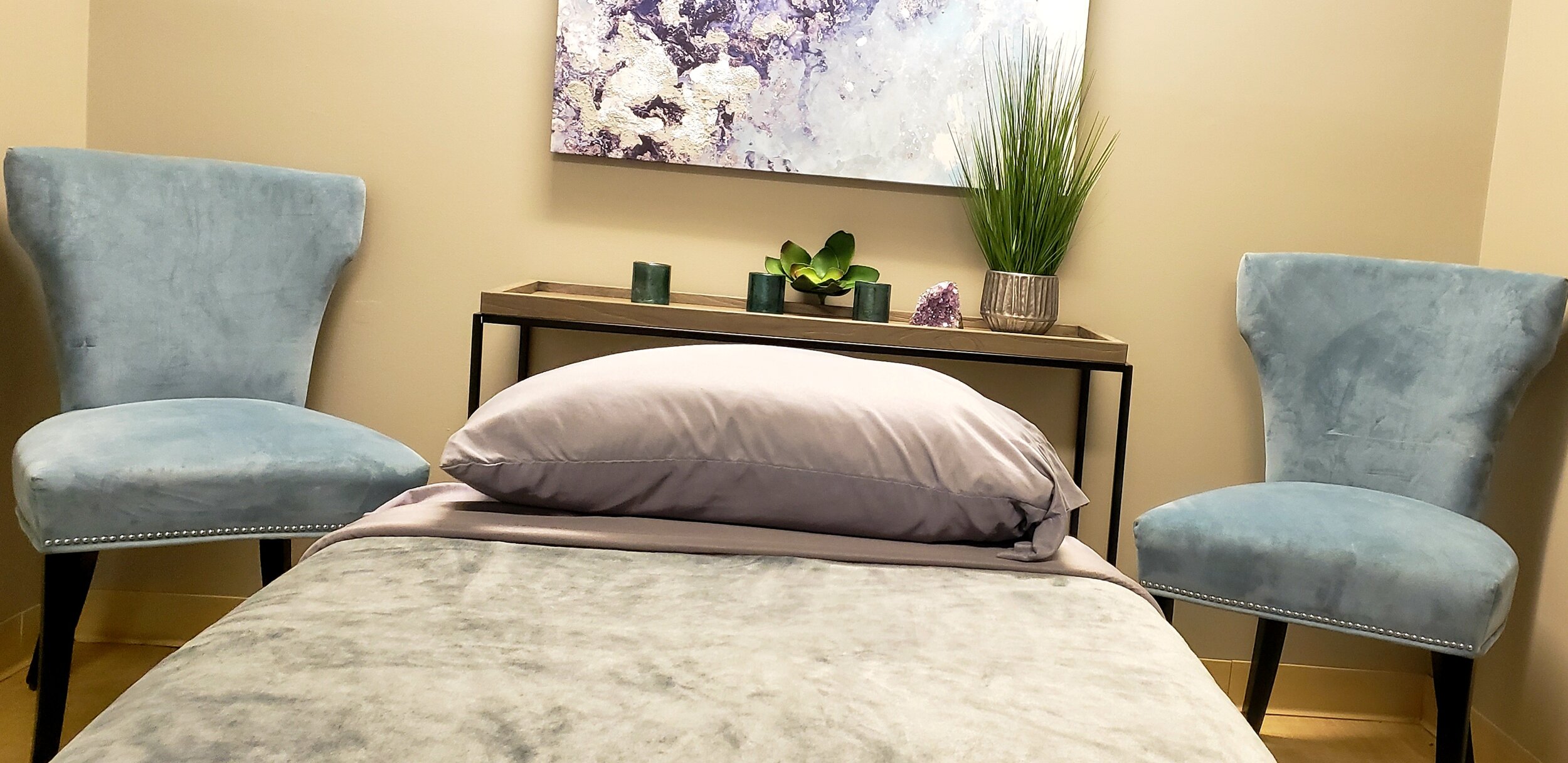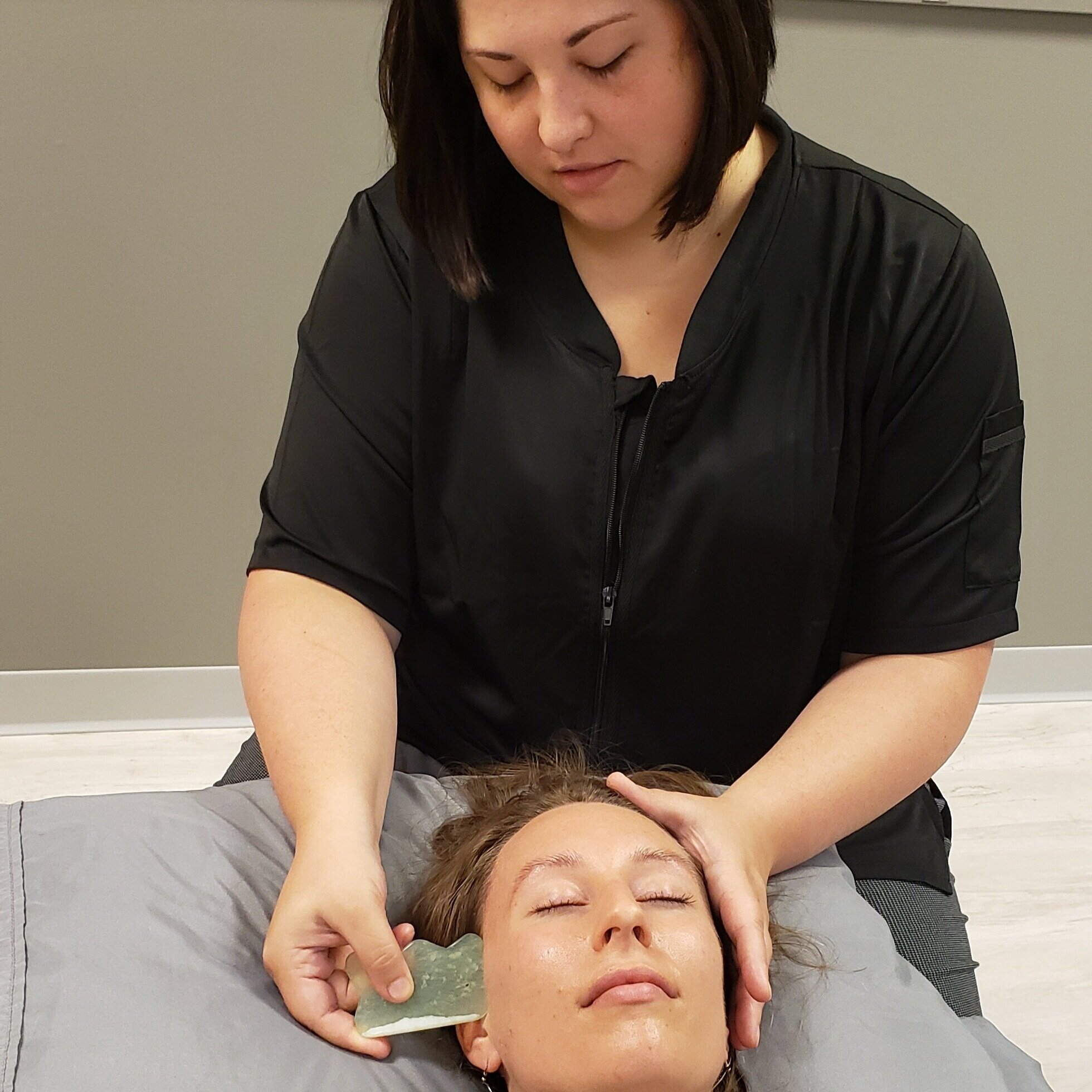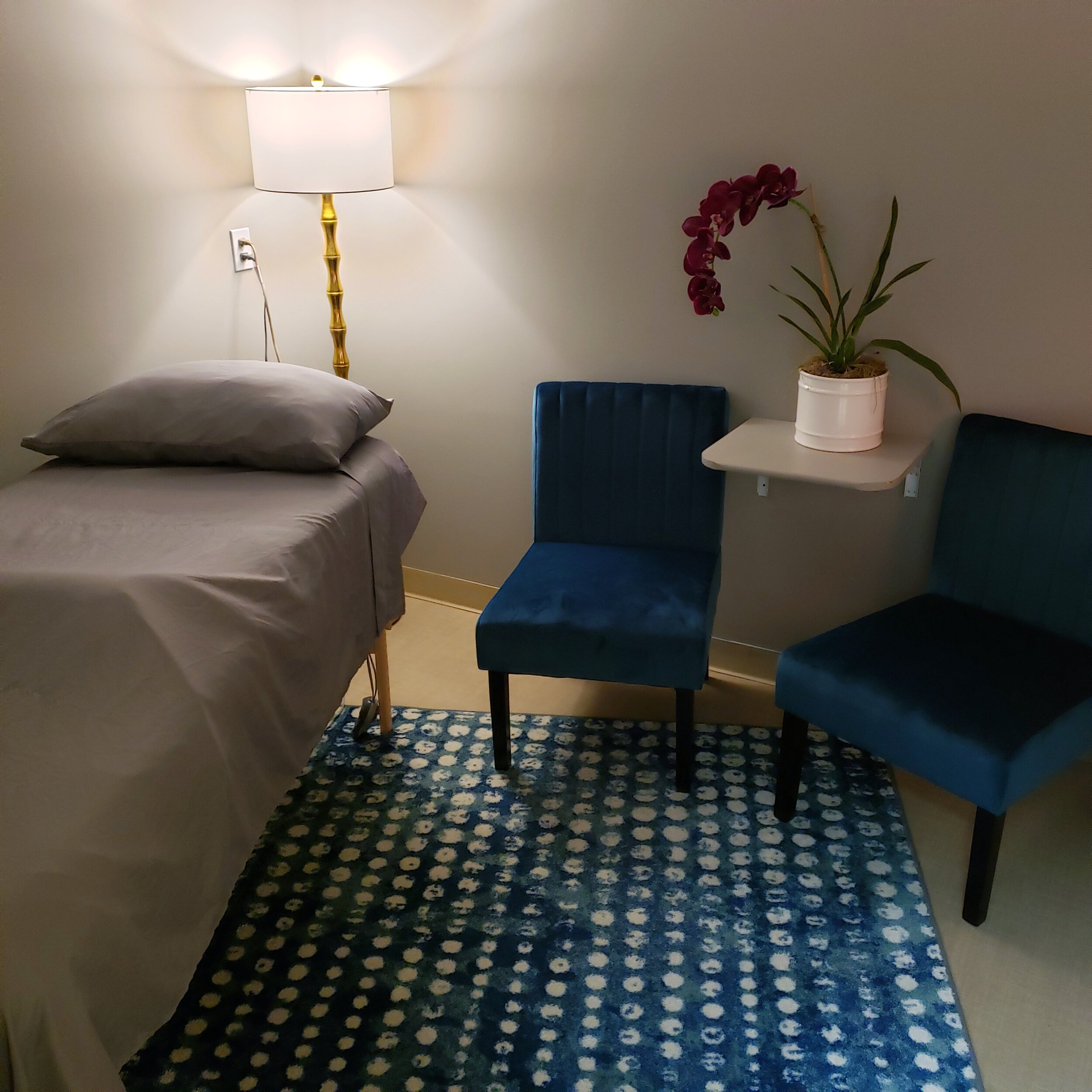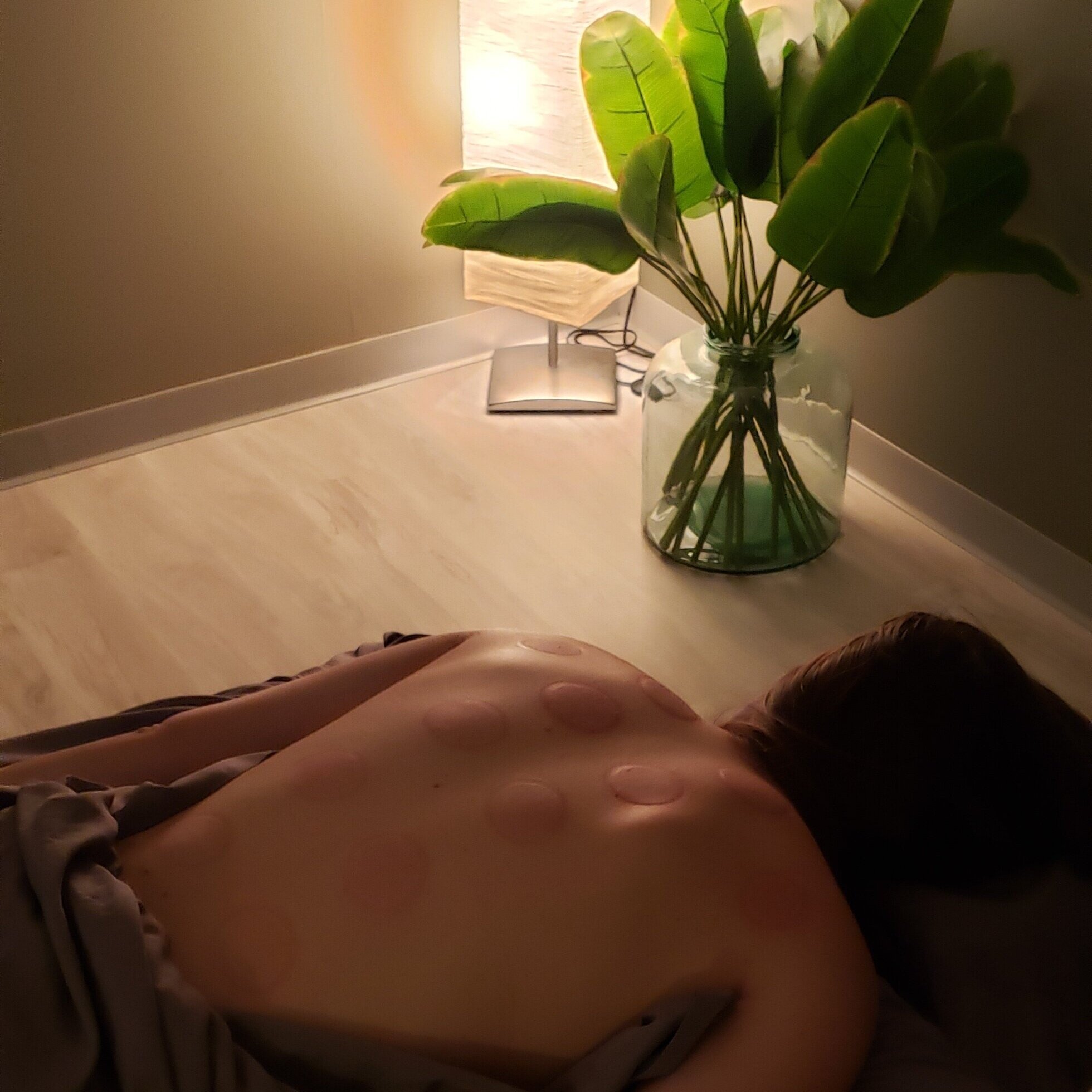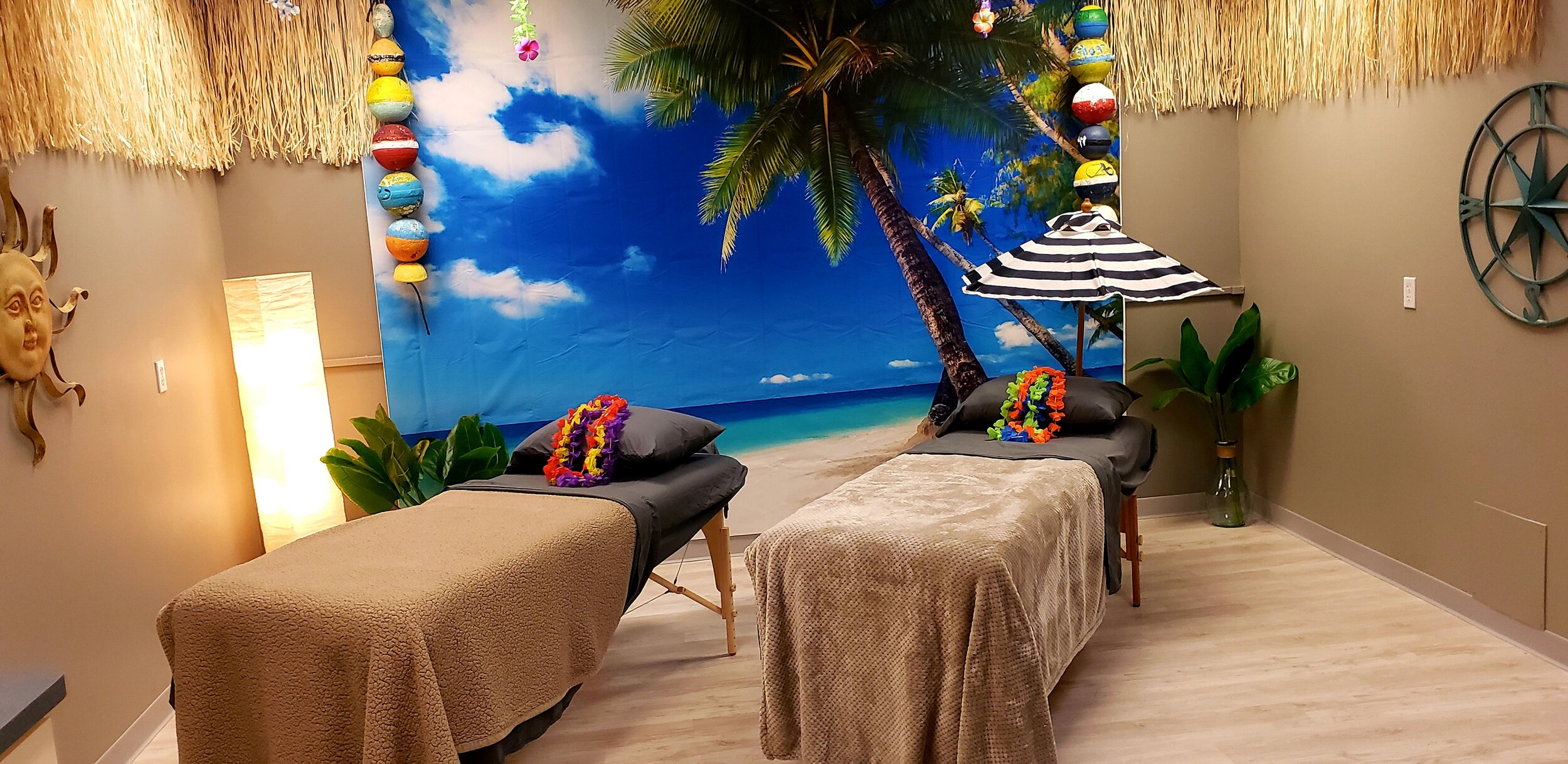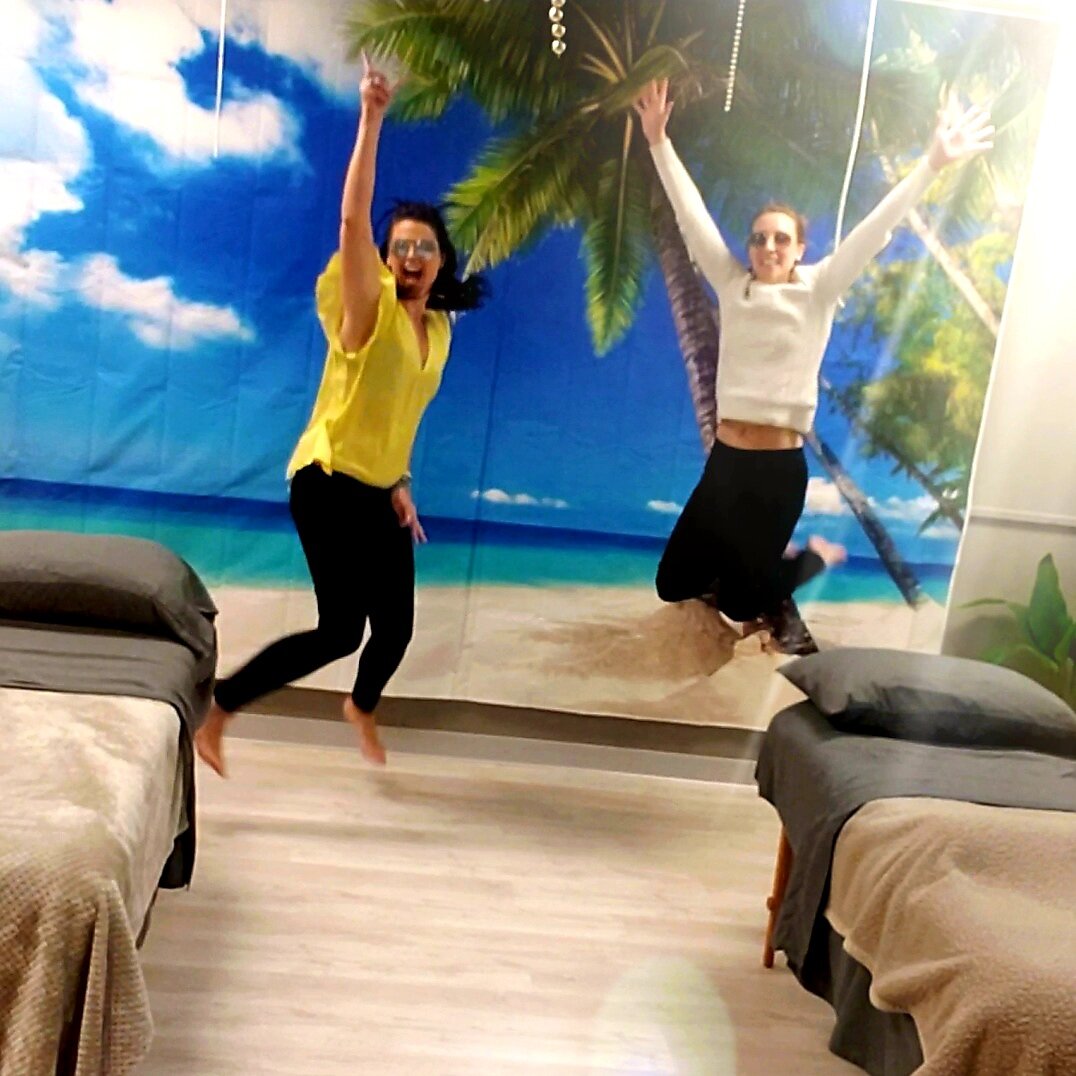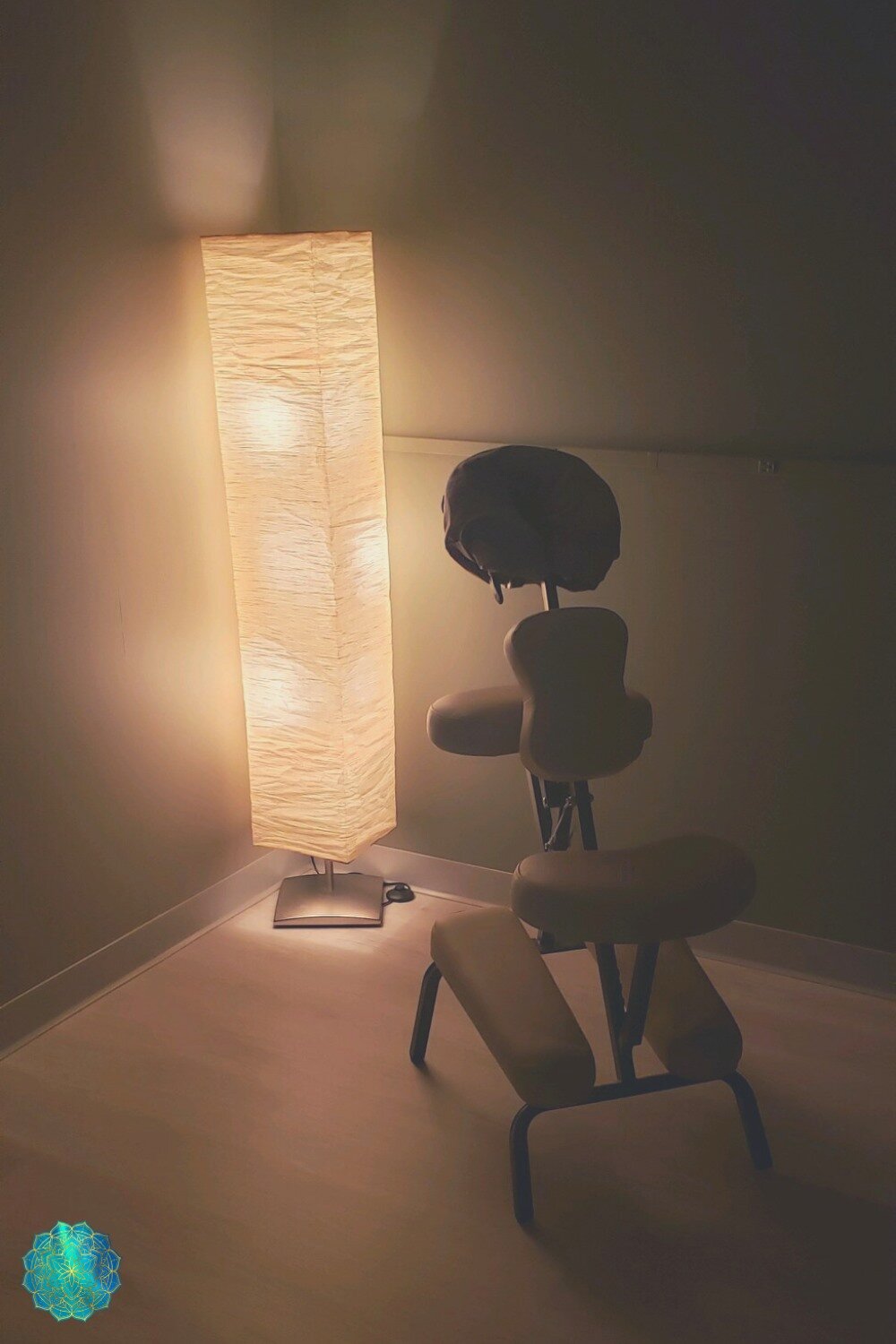Massage Therapy
What is Massage Therapy?
Massage is a form of manual therapy in which a professional licensed therapist uses techniques with varying degrees of pressure and movement to manipulate the soft tissues of the body, skin, connective tissue, muscles, tendons and ligaments. There are many different styles of massage, with some of the most common types being:
Swedish Therapeutic Massage – a gentle form that uses longer strokes, kneading, circular movements, vibration and tapping techniques to help relax and energize.
Couples Therapeutic Massage — a gentle relaxing massage using longer strokes, kneading, circular movements, vibration and tapping techniques for two people.
Deep Tissue Massage – style which uses slower, more forceful strokes to target the deeper layers of muscle and connective tissue. This style is commonly used to help with muscle damage resulting from injuries.
Sports Massage – similar to Swedish massage, but geared more toward those involved in athletic activities to help prevent or treat injuries.
Trigger Point Massage – focuses on areas of tighter muscle fibers that can sometimes form “knots” as a result of overuse or injury.
Prenatal Massage – focuses on the specific needs of the mother-to-be as her body goes through the changes that accompany her pregnancy.
Lymphatic Drainage – a gentler treatment to promote the circulation of lymph and help rid the body of toxins and waste materials.
Reflexology – involves applying different amounts of pressure to the feet, hands and ears. It is based on the theory that these points are connected to specific organs and body systems.
Aromatherapy Massage – essential oils selected by the client or the therapist are added to the massage for their specific added therapeutic properties.
What are the Benefits of Massage?
Research has demonstrated that massage therapy is effective for reducing stress, anxiety, pain and muscle tension. It has also been shown to help with digestive disorders, headaches, migraines, fibromyalgia, insomnia, temporomandibular joint pain, sports injuries, and soft tissue strains and injuries. Most people experience a sense of deep relaxation immediately following a massage.
What can you expect from a session?
Most massage treatments last 30, 60 or 90 minutes, and it is recommended that clients wear loose-fitting, comfortable clothing due to the use of oil or lotion. The therapist will do a thorough intake to discuss medical history, any current symptoms and what the desired outcome is for the treatment. After the intake, the therapist will leave the room and give the client enough time to undress to their comfort level, lie on the massage table and cover up with a linen. The therapist will return to the room to begin the massage, checking in every so often on pressure and comfort level during the session and only uncovering the area of the body they are working on to ensure the client is never exposed. After the session is finished, the therapist will leave the room to allow the client to get dressed and come out.
Hydration is key following any massage treatment!




